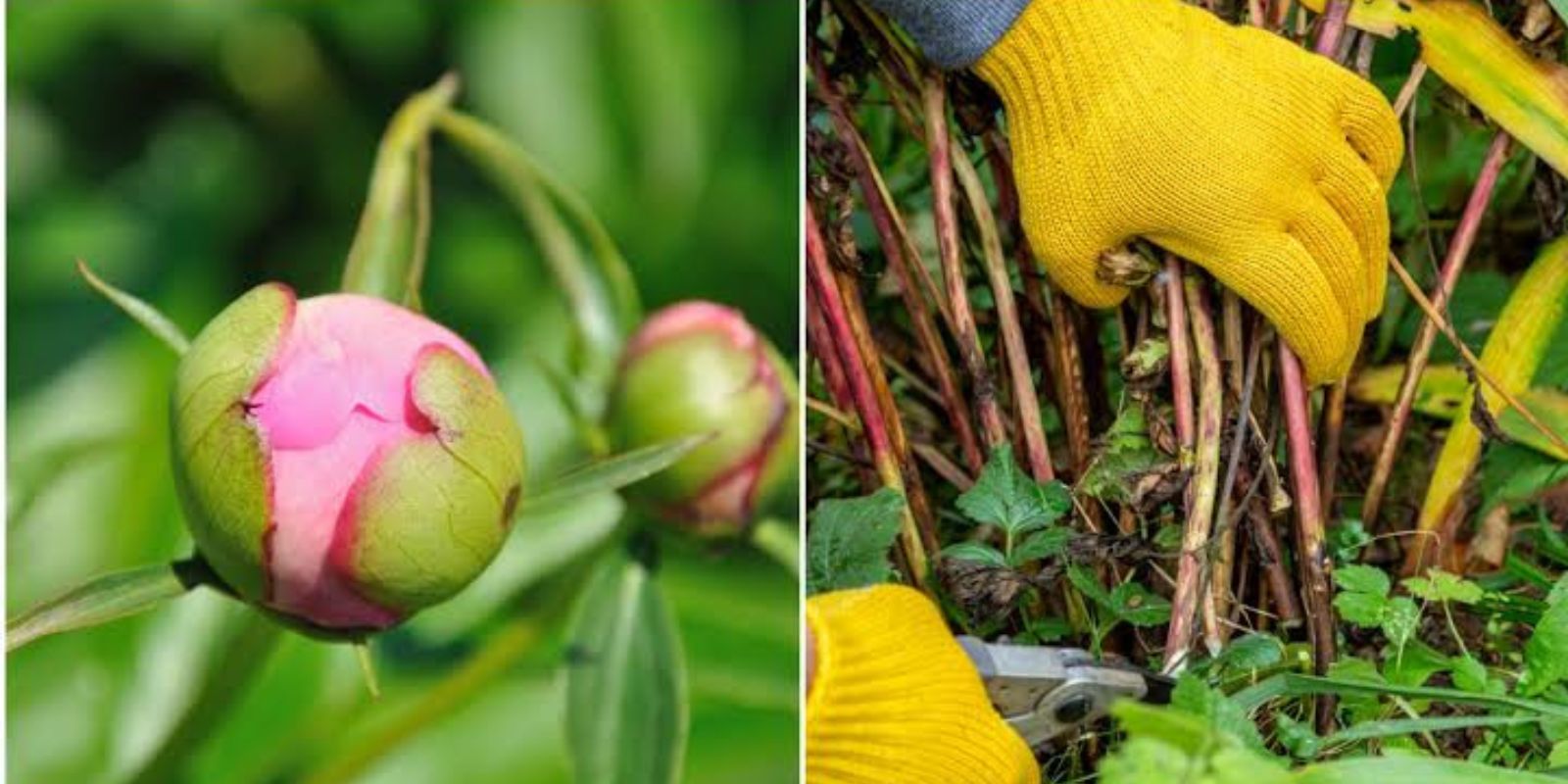Peonies are treasured for their stunning blooms and are a favorite in gardens worldwide. However, despite their beauty and popularity, peonies can sometimes be frustratingly stubborn about blooming. If you’ve been eagerly awaiting those show-stopping flowers only to find your peony buds failing to open or, worse, no buds at all, you’re not alone. In this article, we’ll explore the most common reasons peonies fail to bloom and provide actionable solutions to ensure your plants thrive.
1. Planting Depth Issues
Peonies have specific planting requirements, and the depth at which they’re planted is critical.
Problem:
If the peony roots, or “eyes” (the pinkish buds where stems emerge), are planted too deeply, they may struggle to produce blooms. Conversely, if they’re too shallow, they may not establish properly.
Solution:
Ensure that the eyes are planted no more than 1–2 inches (2.5–5 cm) below the soil surface. If they’re buried deeper, consider replanting them at the correct depth in the fall, which is the ideal time for transplanting peonies.
2. Insufficient Sunlight
Peonies are sun-loving plants that need ample light to produce flowers.
Problem:
If your peonies are in a shady location, they might grow foliage but fail to bloom.
Solution:
Relocate your peonies to a spot where they can receive at least 6–8 hours of direct sunlight daily. Avoid planting them near trees or tall shrubs that can create shade or compete for nutrients.
3. Immaturity of the Plant
Peonies are known for being slow starters, particularly when they’re recently planted or divided.
Problem:
Young or recently transplanted peonies often spend their energy establishing roots rather than blooming.
Solution:
Patience is key. It can take 2–3 years for peonies to mature and start blooming consistently. In the meantime, ensure they’re in the right conditions and give them time to settle.
4. Incorrect Pruning Practices
While peonies don’t require frequent pruning, incorrect practices can impact blooming.
Problem:
Cutting back foliage too early in the season can prevent the plant from storing enough energy for the next year’s blooms.
Solution:
Wait until the foliage turns yellow or brown in late fall before cutting it back to the ground. This ensures the plant has stored adequate energy for flowering.
5. Overfertilizing
Too much of a good thing can be harmful—this is especially true with fertilizers.
Problem:
Overuse of nitrogen-rich fertilizers encourages lush foliage growth at the expense of blooms.
Solution:
Use a balanced fertilizer (e.g., 10-10-10) in early spring, just as new growth emerges. Avoid applying excessive nitrogen, and consider adding bone meal or compost to the soil for a more natural nutrient boost.
6. Pests or Diseases
Peonies are generally hardy plants, but pests or diseases can sometimes interfere with blooming.
Problem:
Ants are often seen on peonies, but they’re not harmful—they’re

